G'day Pilots!
Firstly, thank you all for being so patient in waiting for this report. Your continued support & interest in the project gives us more & more motivation to continue making the A-7E the best it can be!
Today I (Dan) will be discussing the Corsair, how development is going and talking through some of the systems that we've been working on. Development has been cracking along at a fantastic pace these past few weeks in particular, with tasks & milestones being ticked off our list almost daily. This is a very exciting time for the Corsair, so there's plenty to talk about.
Before starting I'd also like to put it out there that we are constantly looking to expand our SME team and bring in more experts, so if you or anyone you know has flown or worked on Corsairs, please get in touch with us!
Now, let's start with the Flight Model!
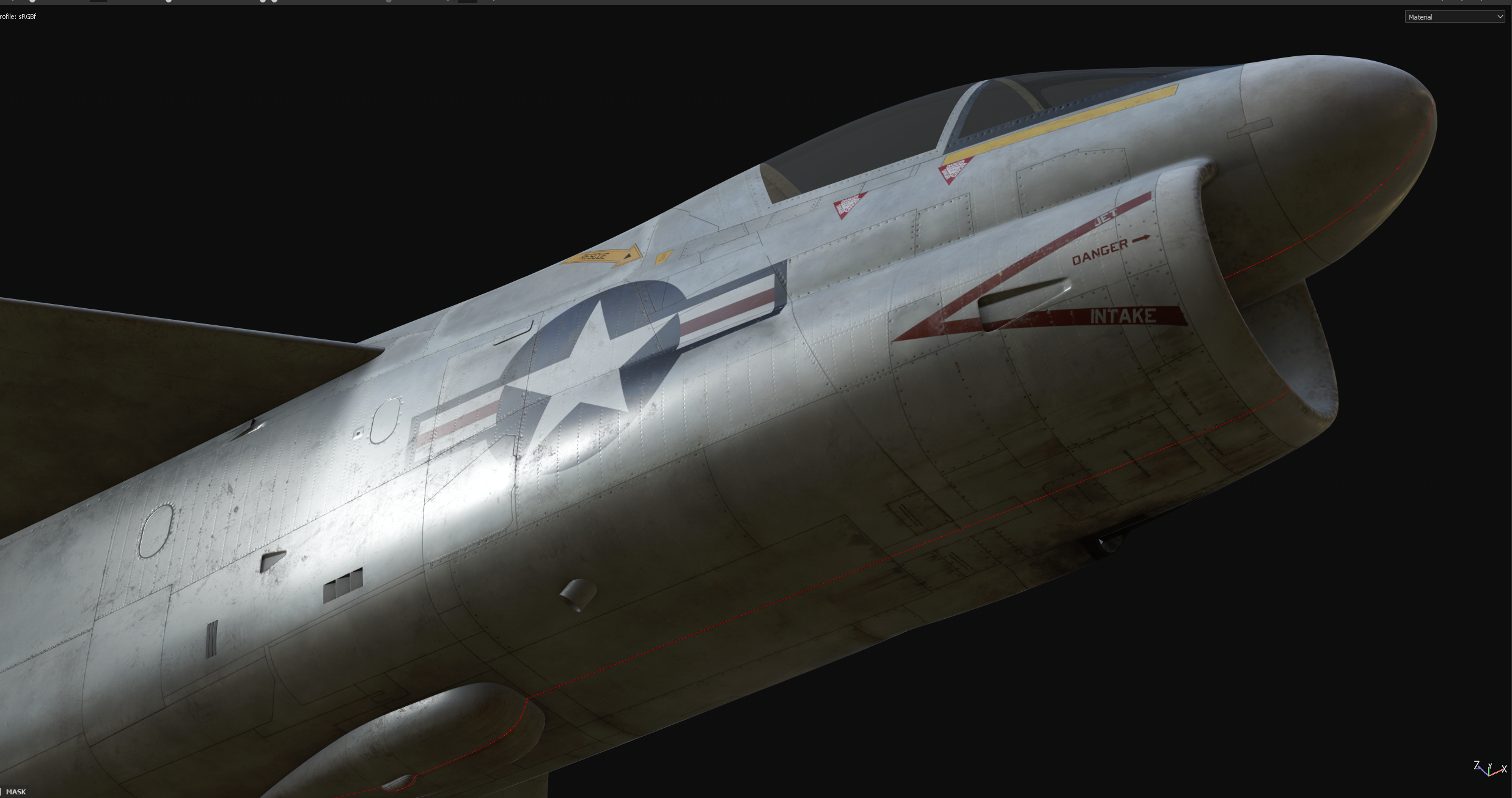
Flight Model Development
Development of our EFM (External Flight Model) is going well and is currently focused upon building up & expanding upon our full-fidelity iteration of the EFM that was discussed in our last development report.
To recap, our EFM is being built upon a combination of wind-tunnel data, CFD generated data as well as feedback & information from former A7 Pilots. So far I have developed a base Flight Model that we are very pleased with - our goal was to create a base EFM that captured the key aerodynamics & characteristics of the Corsair with only minimal aerodynamic data, which I've now achieved. This now provides a strong & accurate aerodynamics 'base' that I can build & expand upon, which is exactly what I've been doing over the past months.
We have been using the excellent CFD program, FlightStream, with the aid of DARCorp to help us capture flight data to be used in the EFM. For those that don't know, CFD software essentially simulates air flow over a CAD model to predict & calculate aerodynamic forces over any range of flight conditions. Below is a quick plot of real-world wind tunnel data (orange) vs Flightstreams predictions (blue) for pitch-moment forces. Note that this was captured with our first test CAD model, which was of a low fidelity & has since been improved; even so, the results are excellent - notice that accuracy continues well past the stall region and all the way up to 90 degrees Angle of Attack!

Recently I have completed & integrated aerodynamic models for the Landing Gear & Trailing Edge Flaps, with work ongoing to integrate the leading edge flaps as well as the inboard roll spoilers. Drag modelling has been significantly improved, with a focus on Mach corrections & improvements in the transonic range. The TF41 engine modelling has also been expanded upon, with thrust calculations now significantly more accurate and spooling delays implemented.
Over the next few months I will be working to expand upon control surface modelling, edge of envelope performance and working closely with SME's to perfect stall & spin modelling.
AN/ALR-67 RWR
I'm very happy to say that the core functionality of the RWR has already been developed and implemented, meaning that the 'hardest part' of development is already done here. With that in place, development is now focused around calculating priority groupings & threat rings, implementing lock/launch & other symbols and finally updating the sounds.
Development is focused on recreating the AN/ALR-67 Radar Warning Receiver, which was used in the later stages of the Corsairs lifespan along with the ALR-45F Display. The ALR-67 is also used in the F/A-18, F14B and many other Western aircraft & therefore be very familiar to many of you. One of our SME's, a former A-7 avionics tech for LTV, had this to say about the RWR system "...Big advantage of new RWRs and HARM was precise Electronic Intelligence (ELINT) files and direction finding within 360 degrees with no time consuming manoeuvring and aligning as was the case with Shrike. In high concentration of enemy radars, lots of tones in the headset were annoying to pilots, but for survivability most tolerated and survived to fight another day."
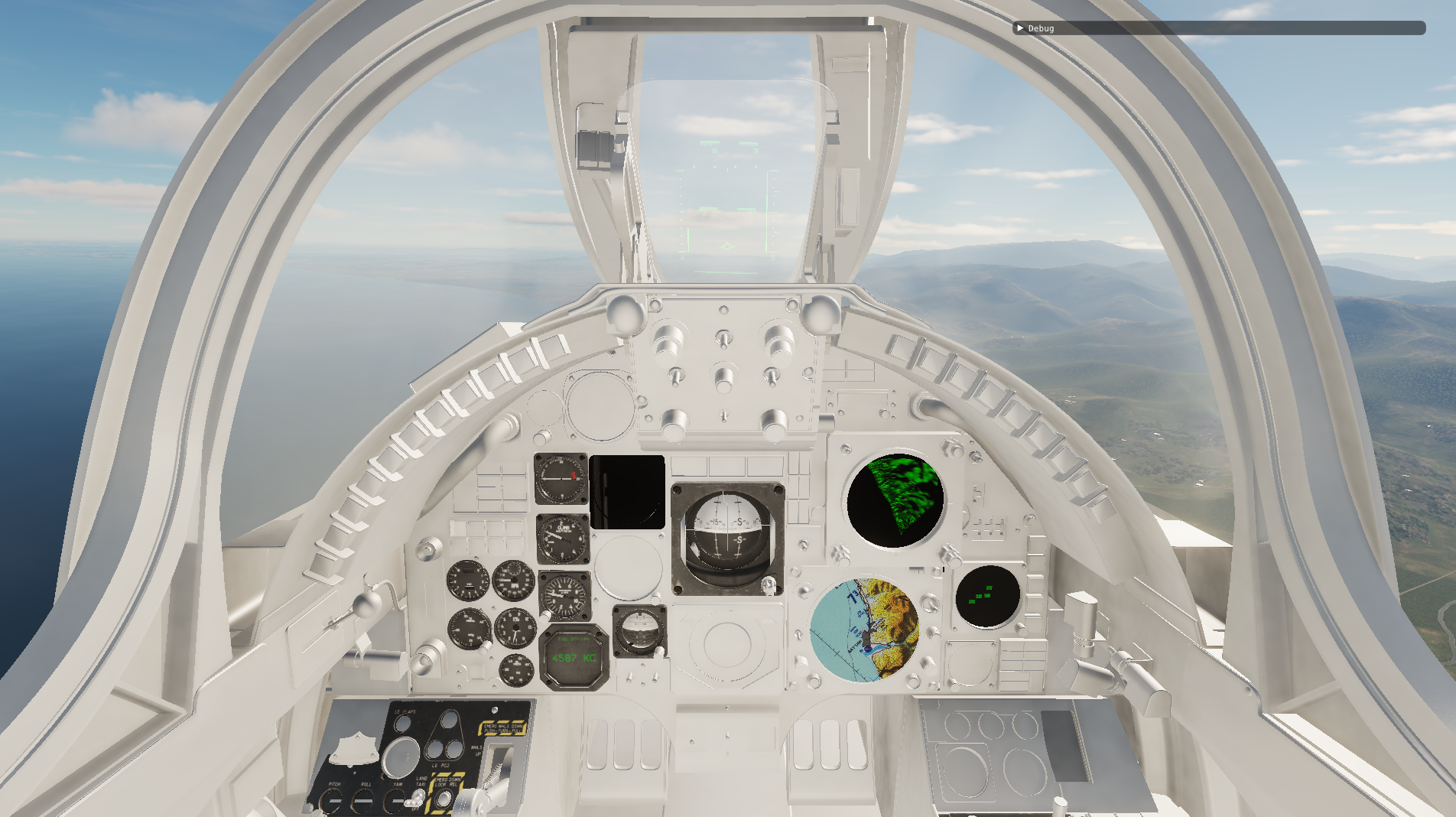
Heads-up Display
Whilst we have had a placeholder HUD system in place for quite some time that has served us well, over the next few weeks I will be continuing development of the full HUD simulation. We are developing the AN/AVQ-7B(V) HUD, which was installed on A-7E's after Airframe Change No. 390.
The AVQ-7B variant of the HUD has the additional capability of operating in Night Mode in conjunction with the Forward Looking Infrared (FLIR) system. When in night mode, HUD symbology is combined with video feed from the FLIR to create a composite display on the HUD that provides excellent night vision.
Over the next few weeks I will be finishing development of the basic Nav Modes & display elements, and then moving onto the fun stuff: CCIP & CCRP ;)
Here is an excellent overview & demonstration of the HUD in action on a real A-7 Corsair!
Projected Map Display System (PMDS)
I'm pleased to say that development of the PMDS is well past halfway, with all basic modes & functionalities now modelled accurately. The PMDS works by projecting film-strips onto the display, with the film strips being scrolled & rotated to reflect the aircrafts heading & position. The film strips were comprised of photos of aeronautical charts at 2 scales: 1:500k & 1:2 million. This gave the PMDS two scale settings, equating to approximately a 10nm radius on the display and a 50nm radius on the display. The PMDS also features a 'Data' mode, where spare film on the film-strips could be used to store flight data & procedures for the pilot to view when needed.
With all of the basic modes & functionality of the PMDS modelled, I will be moving onto more advanced features over the coming weeks & months, including: PMDS Slew Functionality, Manual/Hold operation, mark point saving as well as having Alex complete the visual & art elements of the display (textures, glass, model etc).
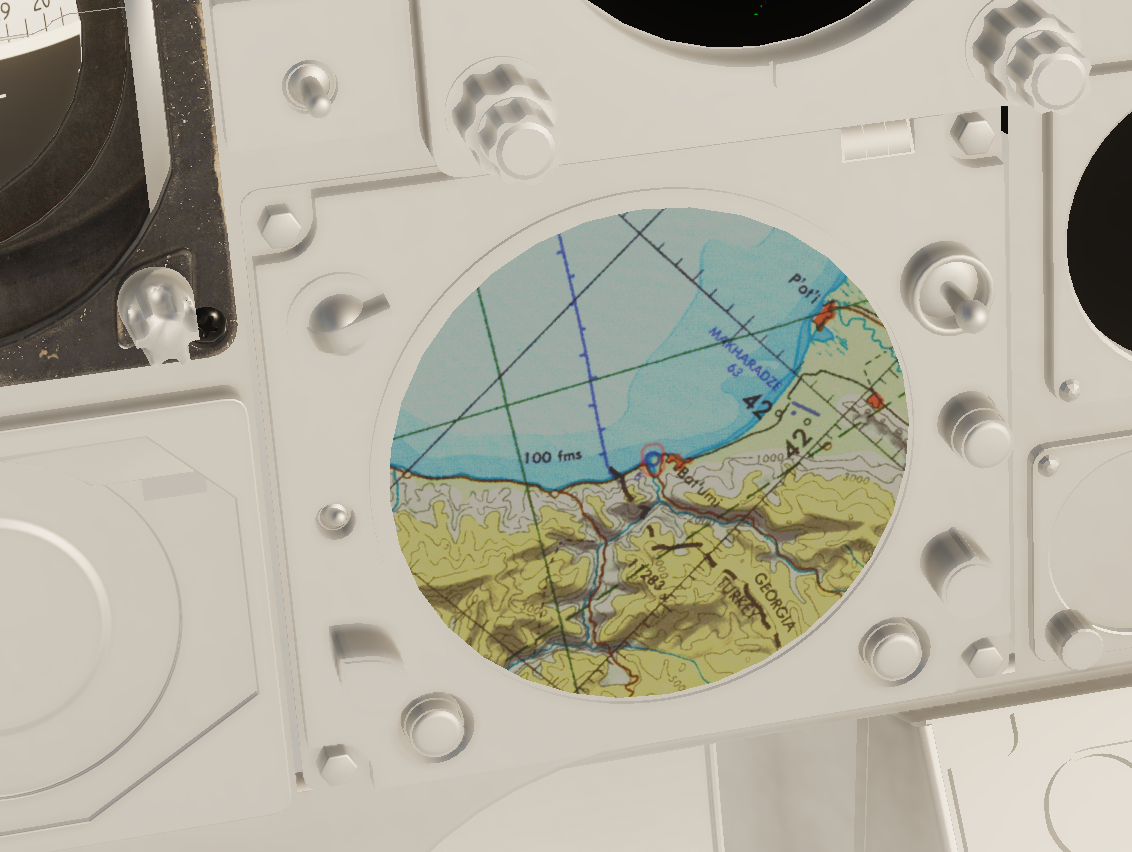
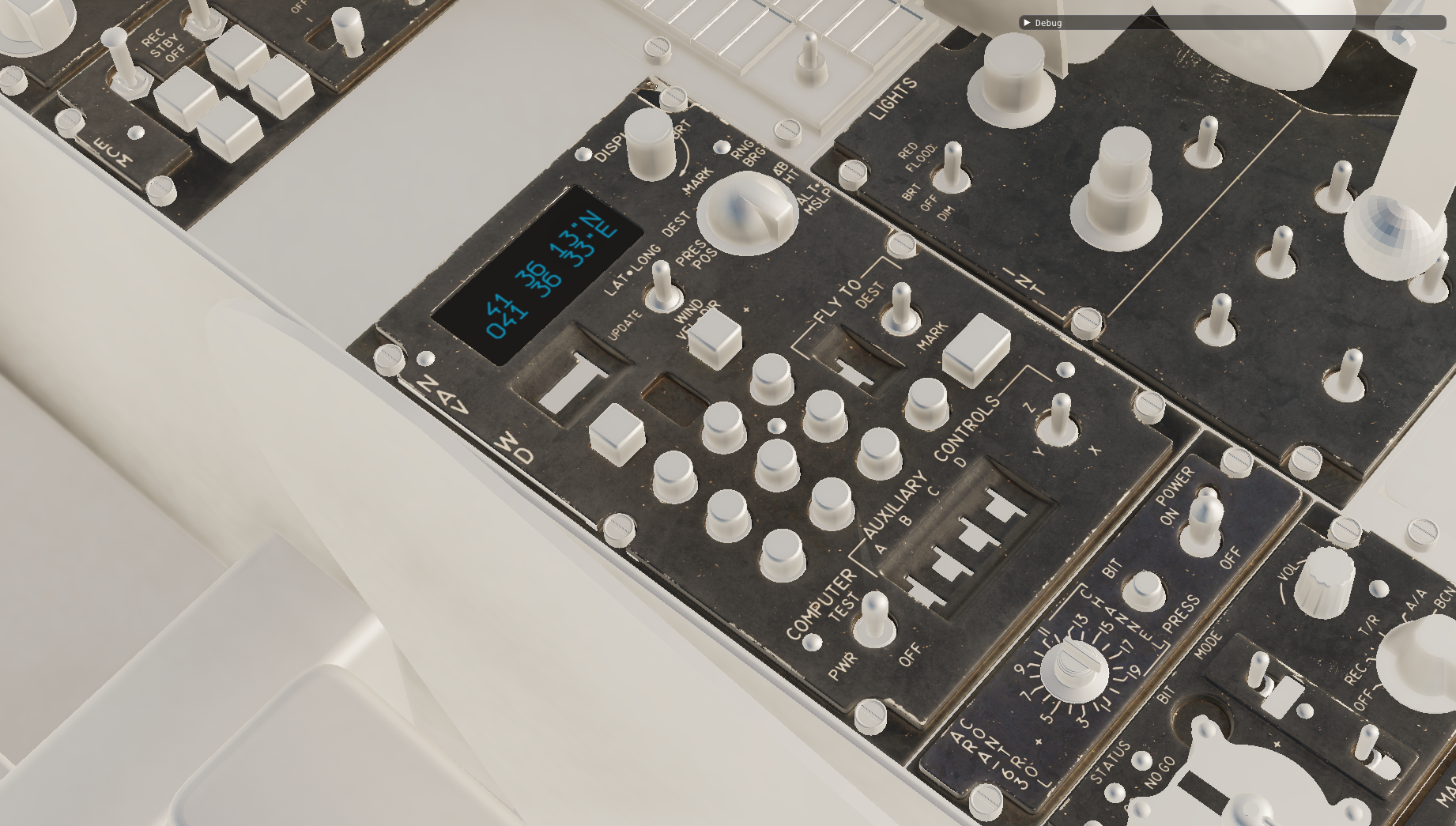
AN/APQ-126(V) Forward Looking Radar
The forward looking radar is designed for ground mapping, A2G ranging & weapons delivery, beacon operation & terrain avoidance. The dynamic range of the display allows it to be dimmed sufficiently for night ops. It has 11 modes of operation:
1. Beacon
2. Terrain Avoidance
3. Ground Map, Pencil
4. Ground Map, spoiled
5. A2G Ranging
6. A2A ranging
7. Combined Terrain Following & Terrain Avoidance (CSTA)
8. Combined Terrain Following & Ground Mapping (CSGMP)
9. Terrain Following
10. Shrike Improved Display (SIDS)
11. Television Display
The television display can be used to guide optical weapons, such as the Walleye.
I'm pleased to say work has begun in earnest on the radar system; here you can see some very WiP shots of our proof of concept testing. We are using the ground radar API developed by ED, which so far has been excellent and works well for the Corsair. So far I have modelled a basic ground mapping mode & am now working to develop additional modes, as well as aiming & weapons delivery logic.
NB: Again, these images are a proof of concept test and missing all relevant art elements & setup.
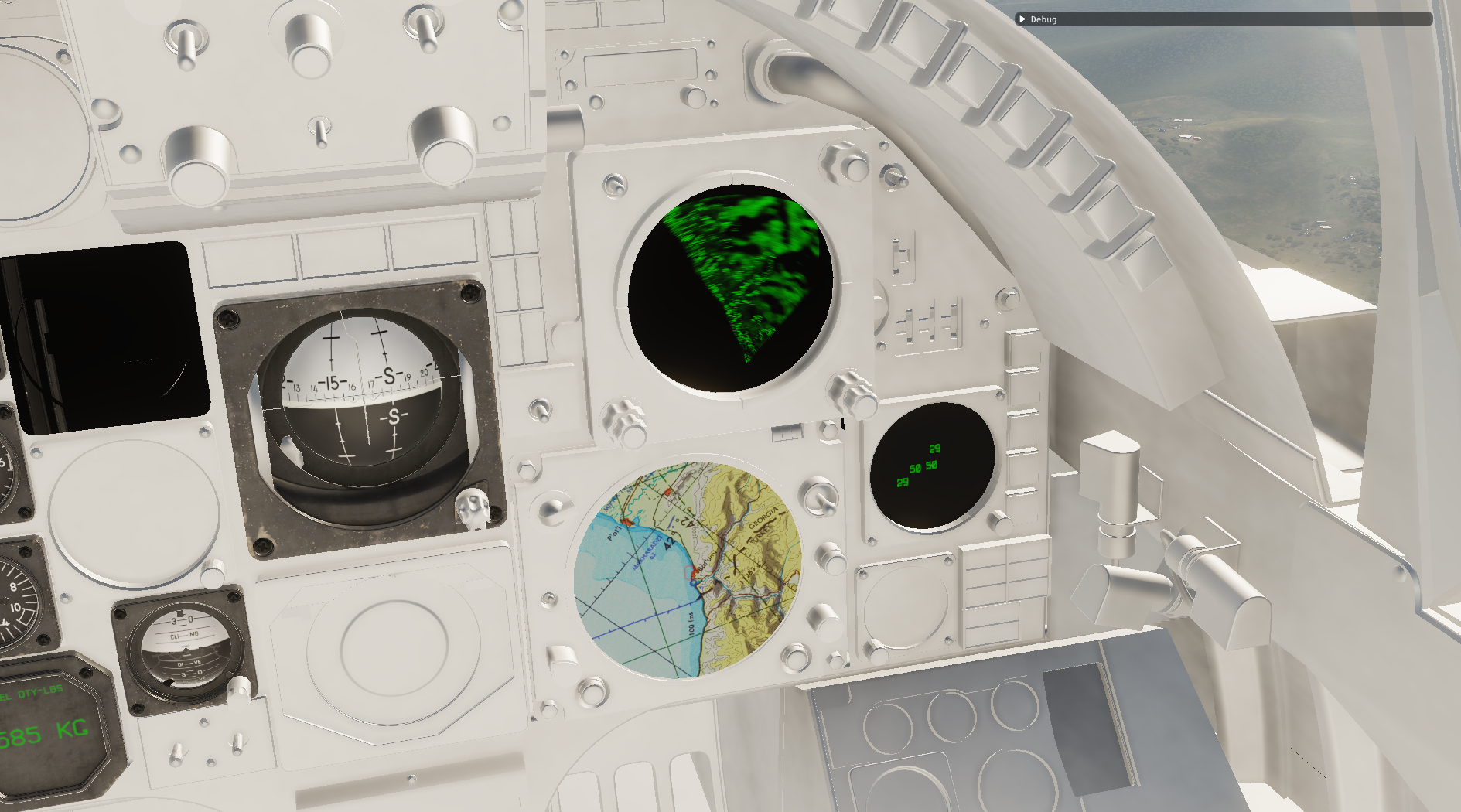
Artwork
You'll notice that this development report is a little sparse with images - that's because unfortunately we don't have much new to show yet in terms of art! Alex, our Artist, has largely been focused on MSFS work over the past few months as he hasn't been urgently needed on the A7 - I still had lots of programming work to do in order to catch up.
Recently however, we have expanded our team with 2 additional artists doing amazing work for us. With that work now complete, one of our new artists has been assigned to overhaul, update & complete our 3D model, both inside & out. Our artists have proven over the last few weeks that they can create extremely high quality models incredibly quickly, so we are very excited to see what they can do with the A7 over the next couple of months!
We will be sharing some images of their work alongside our next MSFS Module announcement sometime in the next few weeks :)

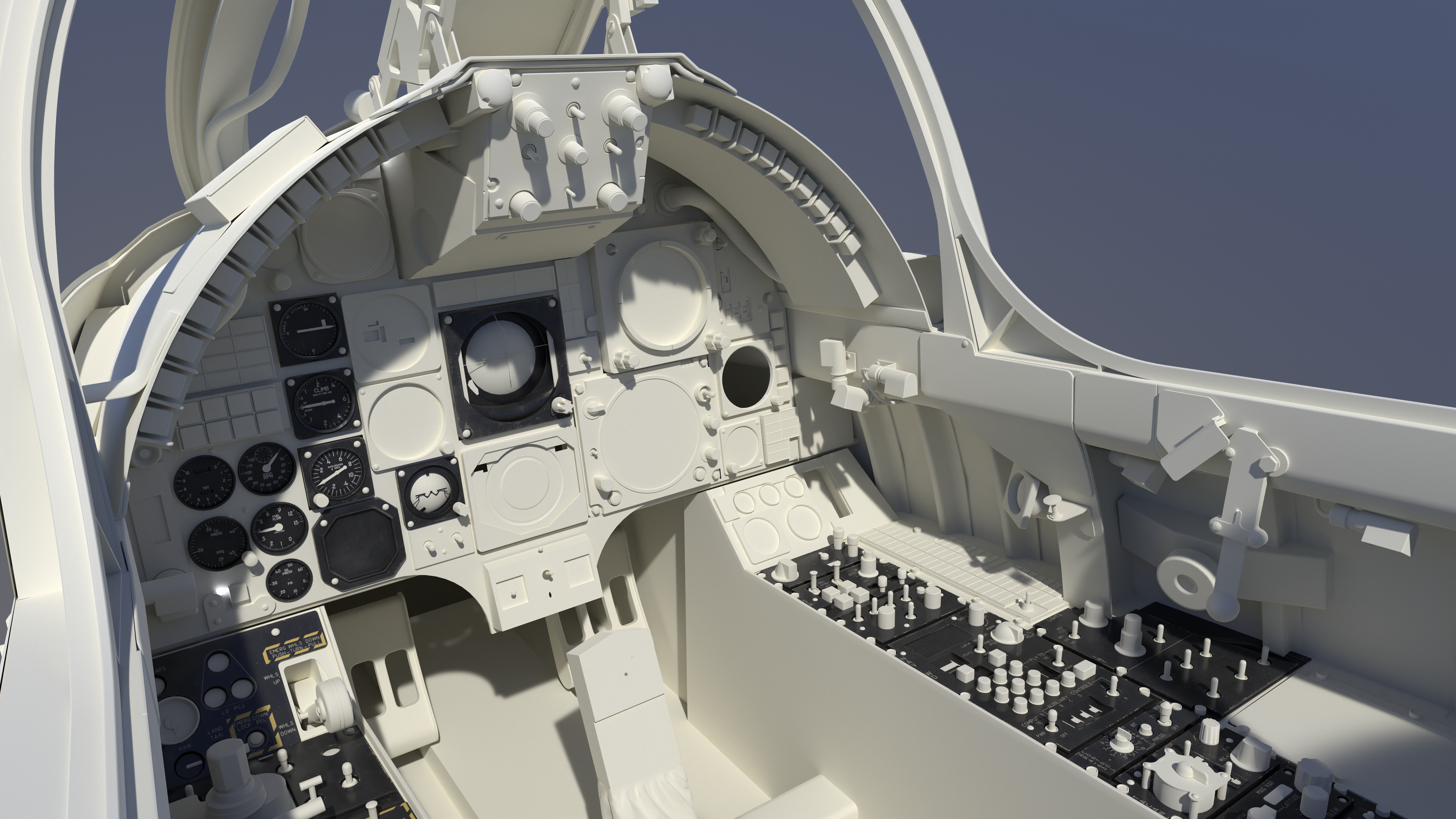
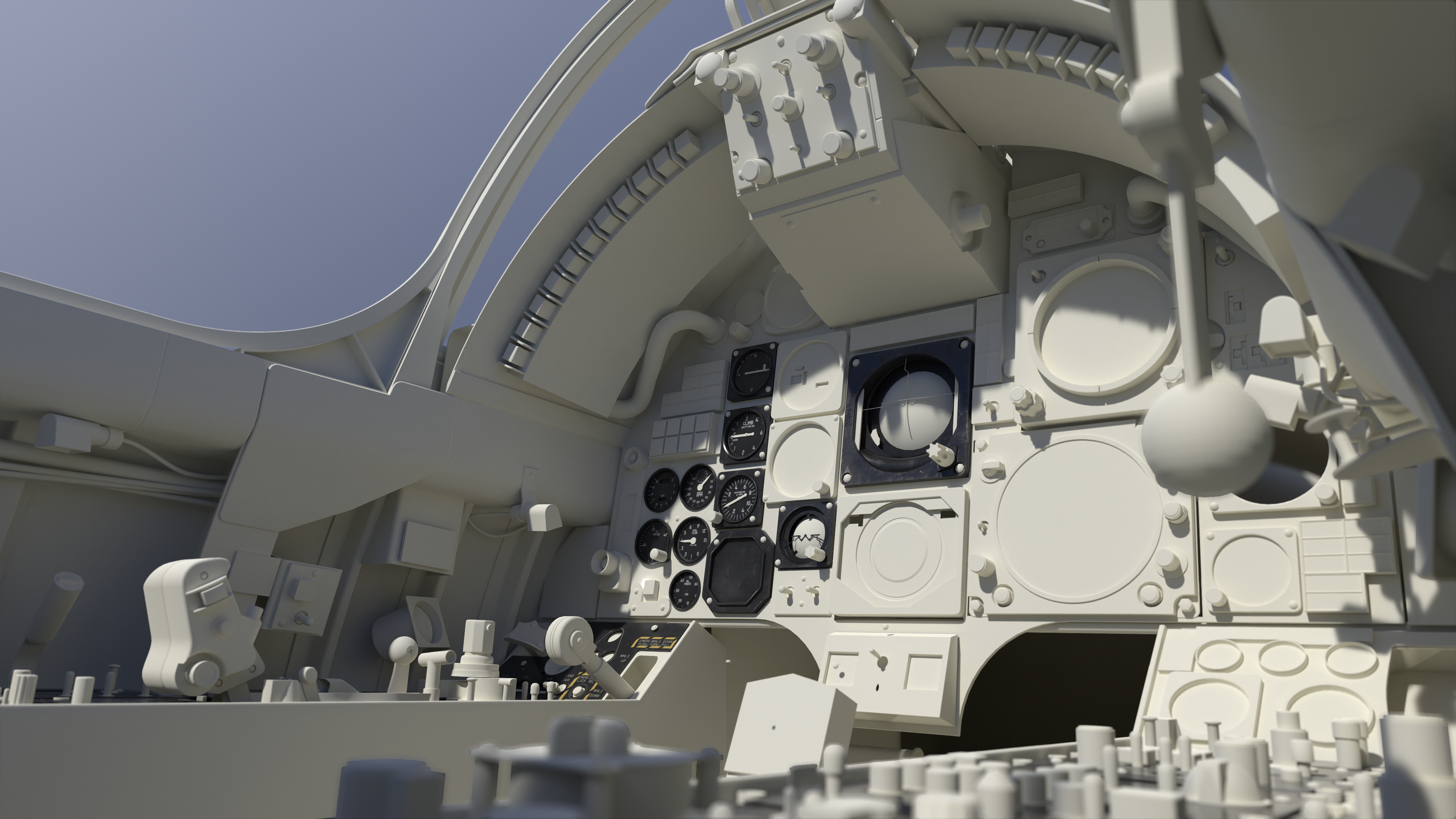

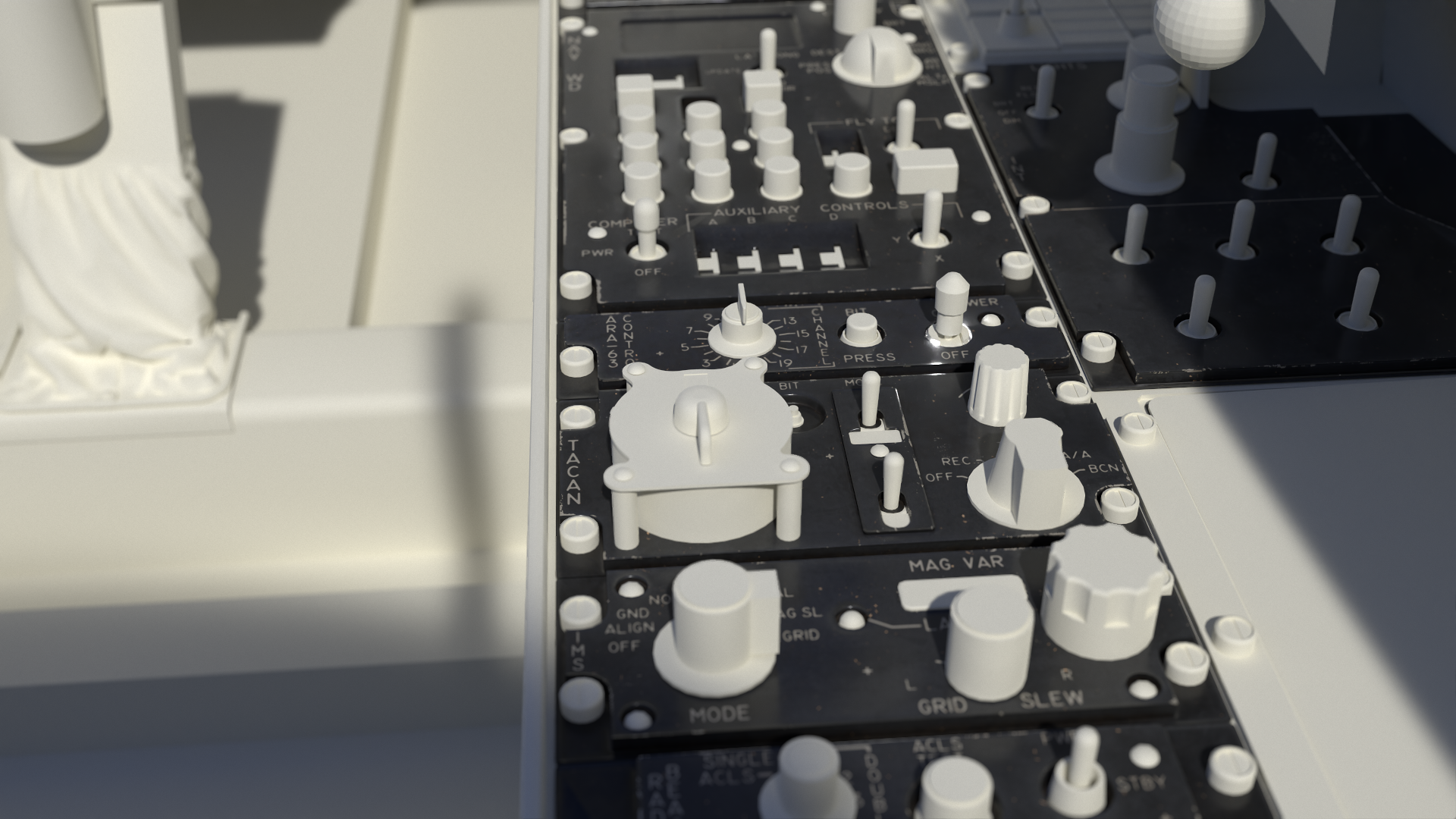
Roadmap
Previously we have discussed our development roadmap as consisting of 4 phases of development, with release to come after the completion of Phase 4. We're extremely happy to say that since our last development report, Phase 2 of development has been fully completed and Phase 3 has been in full swing for a couple of months now. Development speed has increased significantly, thanks to Raimond (aka GotGravel) joining the team to help with our MSFS branch, which has in turn freed me up to work on the Corsair 7 days a week.
Our main goals for Phase 2, which are now complete, included:
- Functional & Flyable EFM , low-mid fidelity
- Key analogue gauges integrated for testing
- Core Systems modelled & integrated (Electrical, Fuel, Hydraulic, etc)
- Basic Functional HUD: Nav Mode
- Pylons + Loadout Setups
- AI SFM integrated
- Key Clickable switches integrated
With all that done, Phase 3 is now in progress, with many milestones already tracking very well and progress happening quickly. Phase 3 has many goals & milestones attached, but to summarize it is about developing full fidelity simulations of all of the Corsairs key avionics, weapons & flight systems - the idea is for the Corsair to be ready for SME flight testing once Phase 4 begins.
Phase 4 of development will be centred around SME testing & feedback; perfecting the EFM, avionics and filling in any missing details.
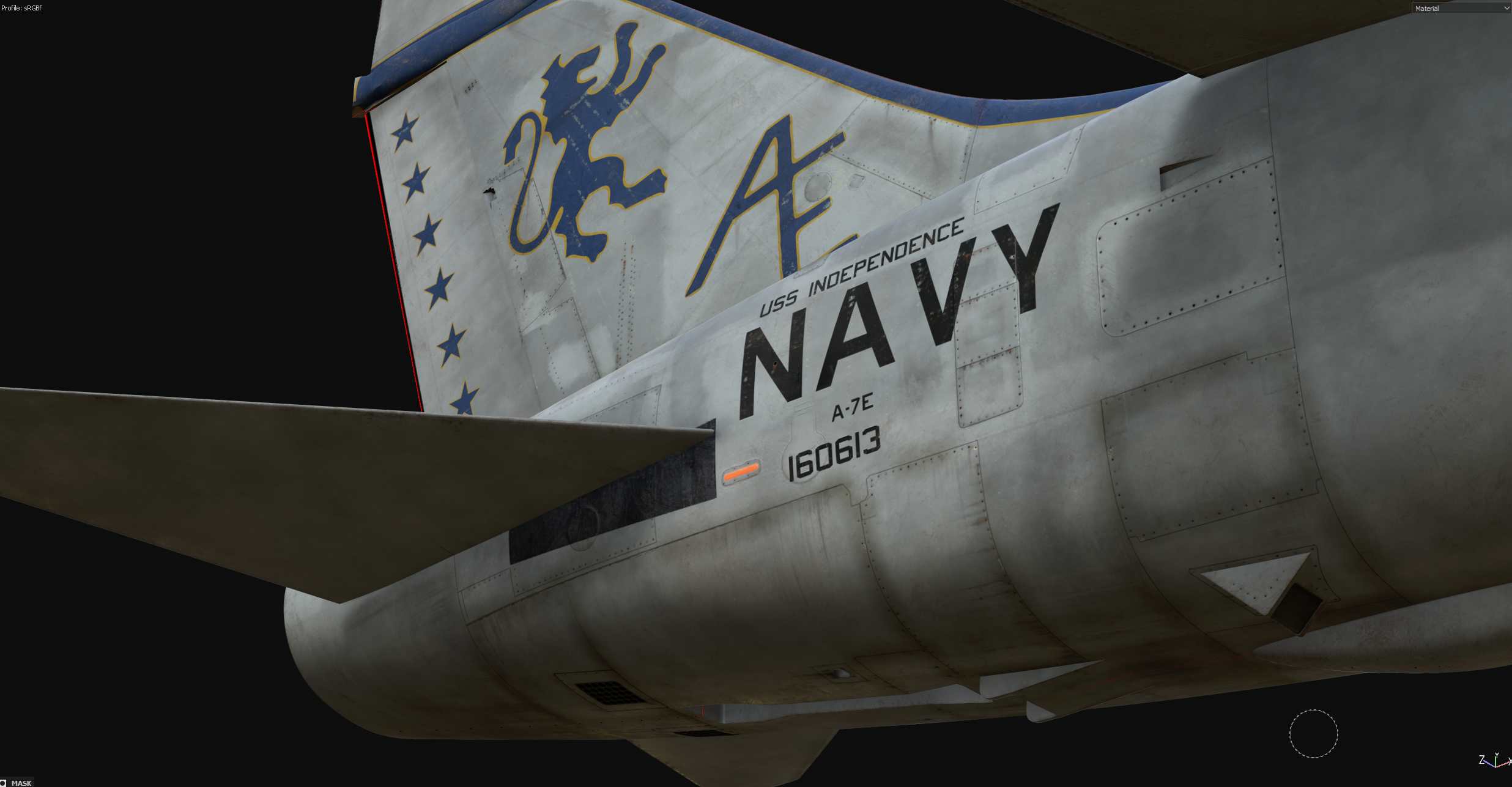
Thanks guys once again for your patience and if you made it all the way to the end, thanks for reading! We hope that you are as excited about the Corsair II as we are!
Stay safe,
Dan K
FlyingIron Simulations

Don’t forget. The A-7 is known for carrying various ordnance. Need to add Mk36 and Mk52 water mines. A-7’s dropped many in the water ways and harbors of North Vietnam in 1972.
I cant wait for this to come out. Hoping for a Q4 update
There is a large cadre of pilots who actually flew the A-7 and would love to “fly” this simulation — however, that population is rapidly aging. Please don’t spend so much time duplicating the look of every exterior panel and the location of every rivet that the simulation doesn’t field for another five to seven years! There won’t be any of us left !!!
Can’t wait for this to be released. The A-7 is my favorite attack aircraft :)
Iwould ask from the greek air force to rentry the A-7h/e if of course upgrade the plane which is a wonderfull and a terrible weapon.How many times i admired the greek A-7 flying low and some times high.
Leave a comment